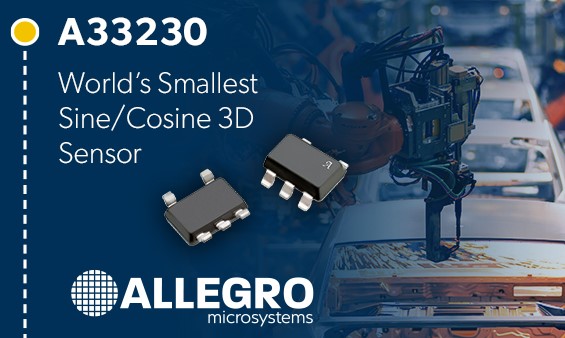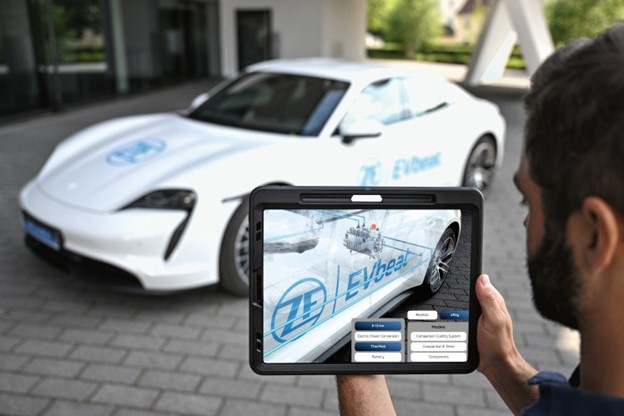
“Sustainable mobility is at the core of our corporate strategy,” says Stephan von Schuckmann, member of the ZF Board of Management responsible for electrified driveline systems. “Based on an extremely efficient production vehicle, we are showing the potential that future electric drive components offer when we combine them into an even more efficient overall system.” The technology is embodied in its EVbeat concept vehicle which is based on a Porsche Taycan and takes leading series technology from ZF and other market players as a benchmark.
“Our goal was to make this drive as compact and lightweight as possible while maintaining high driving dynamics and increasing efficiency in real-world operation,” said Dr. Otmar Scharrer, head of development for electric driveline systems at ZF. “In terms of torque density, we are at the top of the podium when we compare ourselves with e-drives for passenger cars currently available on the market. At the same time, we paid strong attention to the sustainability aspect during development.”
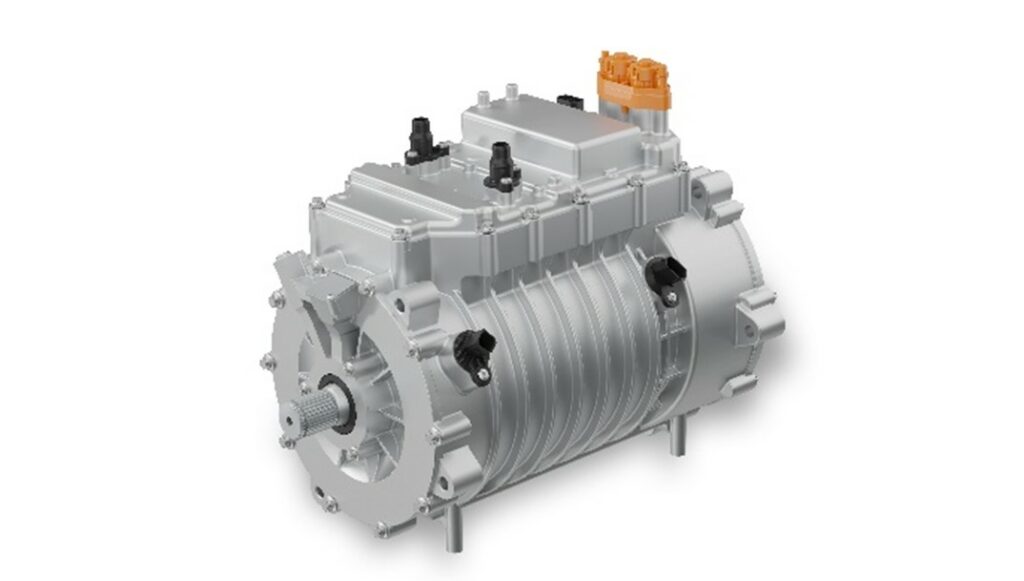
The electric motor works without heavy rare earths and the thermal management system does not use fluorine-based coolant. The reduced number of components and the overall 30% reduction in system weight for the electric drive and thermal management system make a double contribution to greater sustainability, both in production and operation.
EVSys800: ultra-compact and lightweight 800-volt drive
EVSys800 is a modular 800-volt drive and consists of silicon carbide power electronics, the electric motor and a reduction gearbox. Despite its extremely compact design and light weight, it does not skimp on performance. The concept vehicle has a maximum torque of 5200 Newton meters available on the rear axle, and this with a uniquely high torque density for road-legal passenger cars with of 70 Newton meters per kilogram. The continuous and peak power of the electric motor is 206 and 275 kilowatts, respectively, achieving continuous power of around 75% of the peak power.
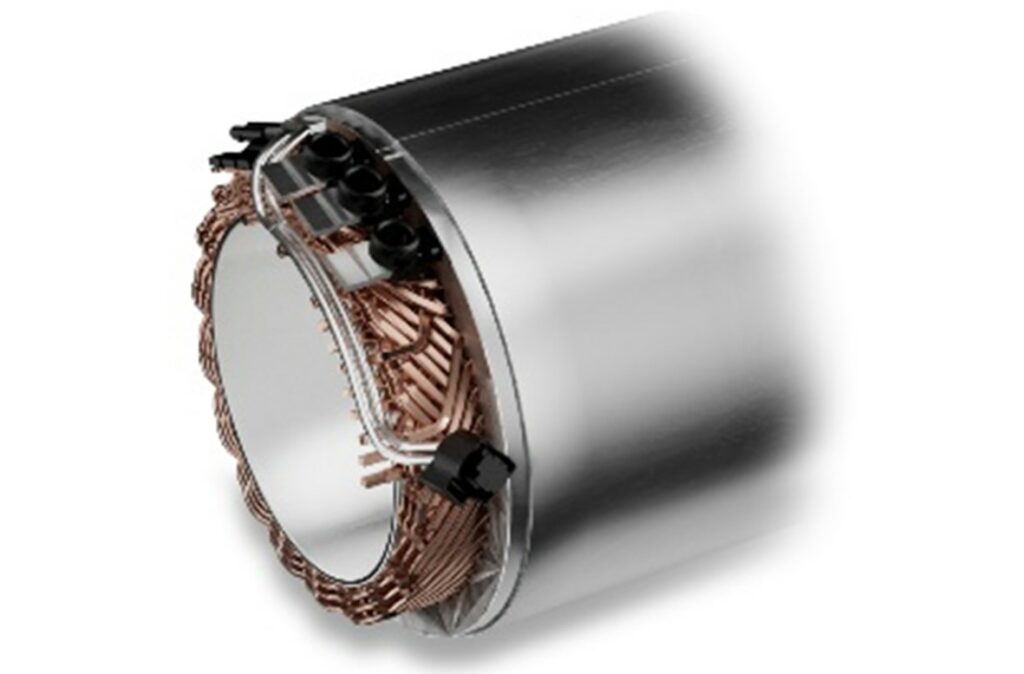
In terms of dimensions, the drive saves 50 millimeters in width thanks to the compact reduction gearbox and the ZF-patented braided winding technology of the electric motor, thus enabling space-saving, coaxial installation on the drive axle. With a total weight of 74 kilograms, the EVSys800, normalized to the same output as the latest ZF 800-volt series drive, is about 40 kilograms or 30% lighter, contributing significantly to the weight savings of the vehicle.
Essential for this is the electric motor with a new cooling concept and the new winding technology. For cooling, ZF allows oil to flow directly around the copper rods exactly at the point where most heat is generated during operation. Such highly efficient cooling significantly increases performance with the same weight and installation space. In addition, the use of heavy rare earths can be dispensed with. The braided winding technology developed and patented by ZF, is a further development of the so-called wave winding and enables a total of 10% less installation space. The winding head alone is up to 50% smaller than with conventional approaches, saving about 10% copper.
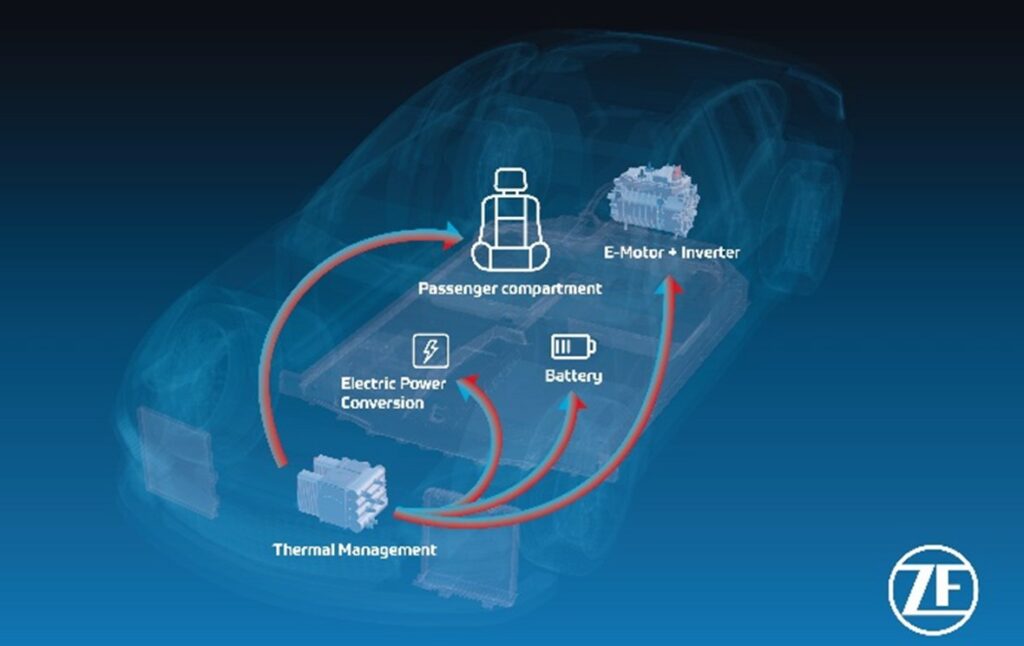
The first central thermal management system (TherMaS) developed by ZF for electric vehicles is integrated into the EVbeat concept vehicle. TherMaS uses a central unit and intelligent software to control all thermal processes for the driveline and passenger compartment. The new design significantly reduces space requirements and weight compared to previous approaches for cooling and heating e-cars. A propane-based 800-volt heat pump also requires significantly less energy. Because it is compact and simple in design, it can be easily integrated into vehicles.
The TherMaS concept has three designated circuits for the first time: At the center is the very small refrigerant circuit. This is pre-filled and hermetically sealed and is therefore maintenance-free. In addition, the concept has no interfaces to other vehicle areas such as the interior. ZF uses the fluorine-free, natural refrigerant propane. Although only half the previous refrigerant is used, the cooling capacity increases by a factor of two compared with refrigerants commonly used today. If required, the central refrigerant circuit serves two separately controllable cooling circuits in which frost-protected water flows as usual: The first is designed for the comparatively high temperatures of the electric motor, while the second regulates the temperature of the power and charging electronics. The control software regulates the cooling capacity.
As a result of the overall thermal management, the range of the EVbeat increases by up to a third in demanding winter operation. The significantly better cooling performance makes the higher continuous output of the e-machine possible.
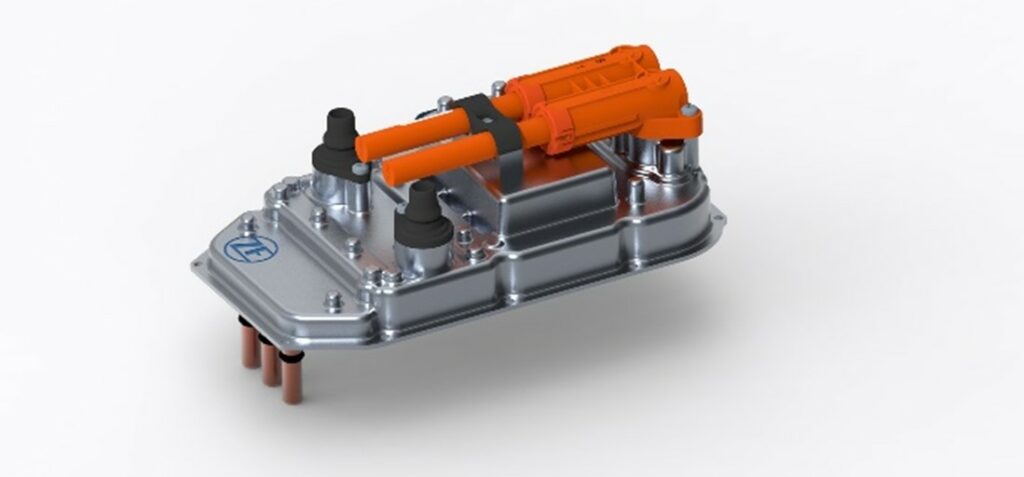
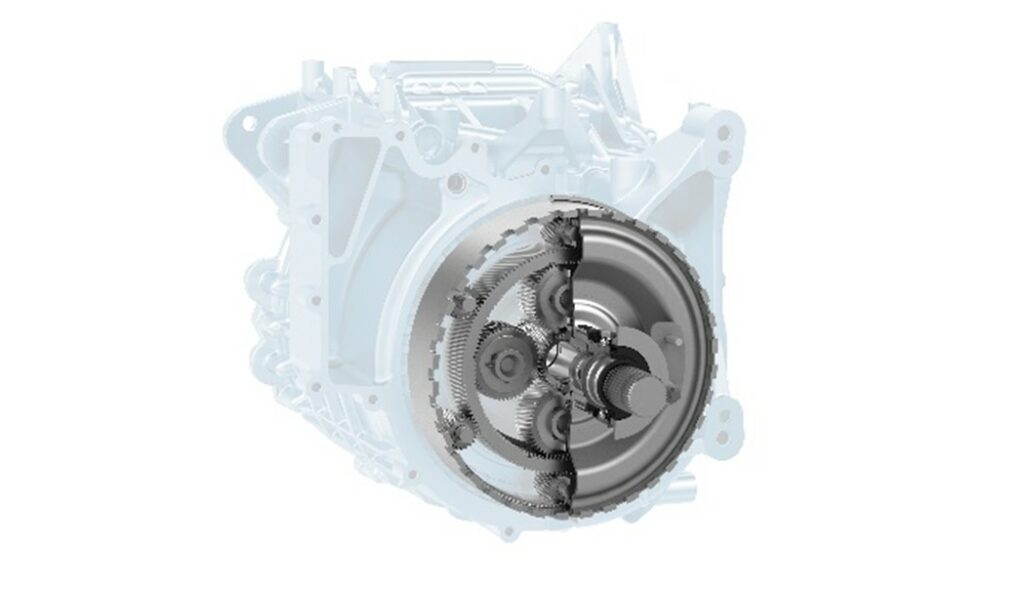
A new, coaxial reduction gearbox transmits the drive forces of the electric motor via two planetary gear sets. They generate the desired final drive ratio, also perform the fully integrated differential function. Compared with conventional offset concepts, in which the input and output shafts are not on the same axis, the coaxial solution reduces weight and installation space requirements without compromising on efficiency, noise and vibration. In combination with the winding technology, the drive can be made significantly shorter, allowing installation in almost any vehicle installation space.
“With this system, we can perfectly meet the main requirements of our customers, namely efficiency, performance and costs,” said Scharrer. The first technologies of the new ZF driveline are expected to be available on the market from 2026. For more info, see www.zf.com.

